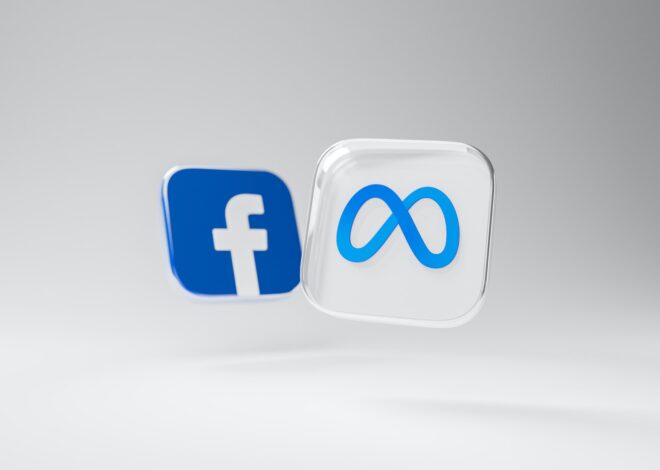
What Sets Google, Facebook, and LinkedIn Ads Apart?
Choosing the right digital platform is crucial for the success of your advertising campaign. Each social media platform offers its own set of advantages and disadvantages. Google Ads, Facebook Ads, and LinkedIn Ads are popular choices for businesses, but they serve different purposes.
Google Ads: Google enjoys an extensive reach, making it an excellent platform for advertising. When people search for their favorite brands, products, or services, they turn to Google for precise results. You can run various types of ads on Google, including text, images, videos, calls, and product listings.
Facebook Ads: Facebook Ads are paid advertisements that allow you to promote your products and target specific customer demographics such as gender, age, language, and buying preferences. Facebook often delivers a solid return on investment (ROI), making it a preferred choice for many marketers.
LinkedIn Ads: LinkedIn Ads target the professional network of LinkedIn through sponsored posts. If your goal is to reach B2B companies for content sharing, relationship building, or lead generation, LinkedIn is an excellent platform. LinkedIn Ads support text ads, sponsored content, and InMail.
Comparing Google Ads, Facebook Ads, and LinkedIn Ads:
User Intent: Google Ads excel at delivering ads when users actively search for something, ensuring relevance. In contrast, LinkedIn Ads can engage potential customers even before they show interest in your product or service, making it a valuable tool for early-stage marketing. Facebook Ads aim to showcase products or brands to the right audience, regardless of user intent.
Audience: Google Ads have a broad reach that can benefit both B2B and B2C companies, but targeting the right leads and optimizing ads is crucial. For B2B marketers, LinkedIn is ideal as it connects professionals and businesses. Facebook, on the other hand, offers a wide range of ad types and personalized ad creation, catering to specific customer needs and goals.
Targeting Options: LinkedIn is particularly suitable for account-based marketing due to the detailed user profiles that include job titles, industries, company names, and more. Google offers customer matches by utilizing online and offline data from various sources. Facebook, being immensely popular, reaches a wide audience, making it a go-to platform for businesses.
Ad Types: Google provides a variety of ad types, such as text, images, videos, product shopping ads, and more. LinkedIn offers sponsored content, sponsored InMail, text ads, dynamic ads, and lead generation forms. Facebook offers a diverse range of ad types, including images, videos, polls, carousels, slideshows, collections, and lead ads.
Choosing the Best Platform: Selecting the ideal advertising platform depends on your brand and campaign strategies. There’s no one-size-fits-all answer. Before launching your campaign, it’s essential to understand the specific ad specifications for each platform.
In conclusion, Google, Facebook, and LinkedIn Ads each have their strengths and are valuable tools for businesses. The choice ultimately depends on your unique needs and objectives. Keep in mind that a thorough understanding of ad specifications is crucial before diving into your advertising campaign


